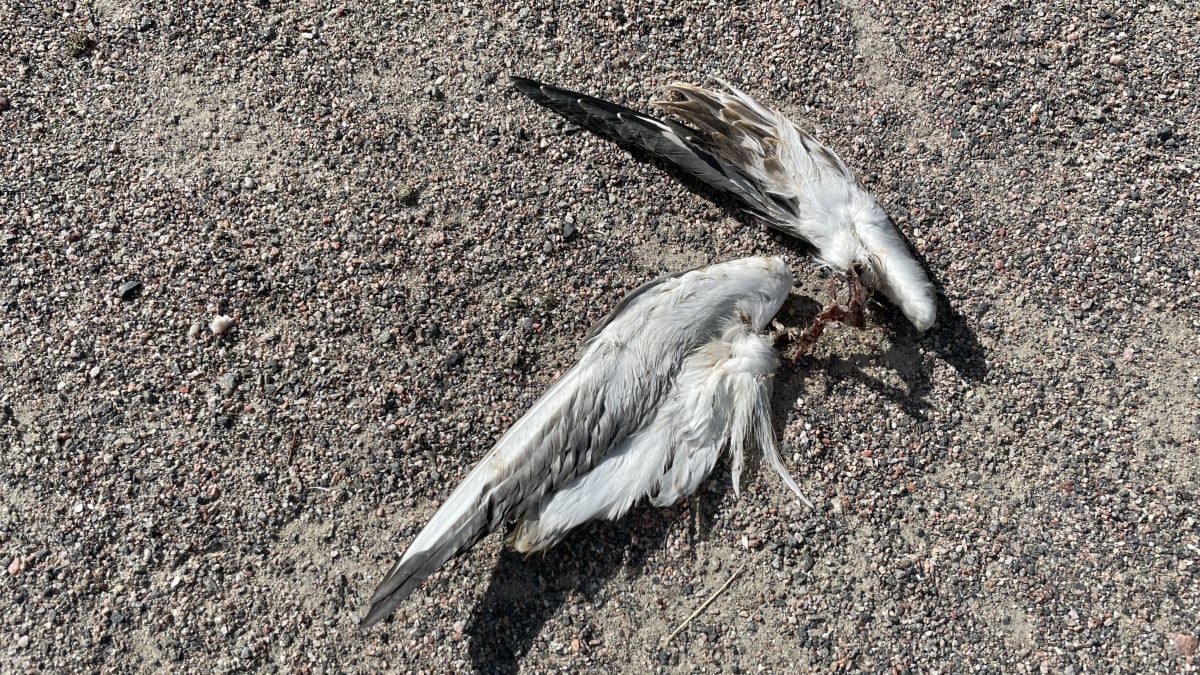Infection
Finland moves to halt spread of bird flu with designated ‘infection zone’
The zone includes the regions of Southwest Finland, Satakunta, South Ostrobothnia, Ostrobothnia and Central Ostrobothnia.
9:16Updated 10:32
The Finnish Food Authority has created a designated ‘infection zone’ covering a number of regions across Finland as it seeks to stop the spread of avian influenza, more commonly known as bird flu.
The infection zone covers the regions of Southwest Finland, Satakunta, South Ostrobothnia, Ostrobothnia and Central Ostrobothnia. The authority also recommends taking measures to protect birds and prevent any spread of the virus in other parts of the country.
The regulations within the infection zone include a requirement to keep all poultry and captive birds indoors at all times. People are also encouraged to avoid poultry farms, with visits restricted to essential reasons only.
If visits to farms are made, the authority advises people to wear protective clothing, change their footwear at entrances and exits, and maintain good hand hygiene.
In addition, all bird feed and litter must be kept out of the reach of wild birds within the infected zone.
The authority noted that bird flu is only transmitted to humans in rare cases, but still advises people to avoid close contact with wild birds, poultry and their excretions.
The World Health Organisation also issued an advisory statement earlier this month as bird flu cases spread in many countries.
“The current outbreaks of avian influenza have caused devastation in animal populations, including poultry, wild birds, and some mammals, and harmed farmers’ livelihoods and the food trade. Although largely affecting animals, these outbreaks pose ongoing risks to humans,” the statement said.
Bird flu spreading across Finland this summer
An unusually high number of bird flu cases have been detected across Finland during June and July, particularly among gulls.
The virus has also been detected in farmed fur animals in the regions of southern and central Ostrobothnia, with at least 10 fur farms currently known to have confirmed cases.
The Finnish Food Authority has also published a map showing the number of cases in Finland detected so far this year.
The agency urged members of the public to contact their local or provincial veterinarian clinic immediately upon noticing any signs of avian influenza in poultry or other birds.
For example, a decrease in water and feed consumption or egg production may be signs of a bird flu infection.
In addition, any mass fatalities among wild birds and individual deaths of birds of prey should be reported to municipal or provincial authorities.

